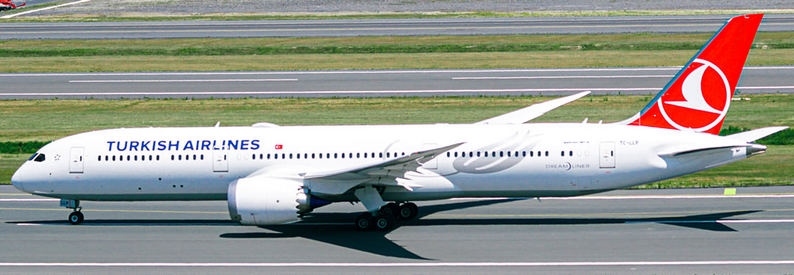Turkish Airlines Flight Attendant Injured in Severe Turbulence Incident Aboard Airbus A321

A recent incident involving severe turbulence aboard a Turkish Airlines Airbus A321 has highlighted the risks posed by mid-flight disruptions. This incident adds to a series of recent turbulence-related events, raising concerns within the aviation industry.
Flight Attendant Suffers Serious Injury
During a flight from Istanbul to Izmir, turbulence struck the Airbus A321, causing significant injury to a cabin crew member. The turbulence, which occurred shortly after the seat belt sign was activated, threw the flight attendant into the cabin ceiling before she fell to the floor, sustaining a broken spine. The severity of the incident underscores the dangers flight attendants face during turbulence, particularly when performing duties that require movement around the cabin.
Series of Incidents
This incident is part of a series of recent turbulence-related events affecting commercial flights. On May 21, a Singapore Airlines flight from London to Singapore experienced severe turbulence during breakfast service, resulting in multiple injuries and a tragic loss of life. Similarly, a Qatar Airways flight from Doha to Dublin encountered turbulence over Turkish airspace on May 26, leading to injuries among passengers and crew.
Additionally, another Turkish Airlines flight, this time from Istanbul to Iğdır, was forced to divert to Erzurum Airport due to severe hail damage, highlighting the unpredictability of weather-related disruptions.
Turbulence in the Spotlight
While turbulence is a common occurrence during flights, severe incidents like these draw attention to the potential risks associated with air travel. Experts suggest that climate change may contribute to the increase in severe turbulence events, emphasizing the need for heightened awareness and preparedness within the aviation industry.
As incidents of turbulence continue to capture headlines, airlines are reevaluating safety protocols and procedures to ensure the well-being of passengers and crew members. The focus remains on mitigating risks and enhancing safety measures to address the challenges posed by unpredictable flight conditions.
Sources: AirGuide Business airguide.info, bing.com, simpleflying.com
